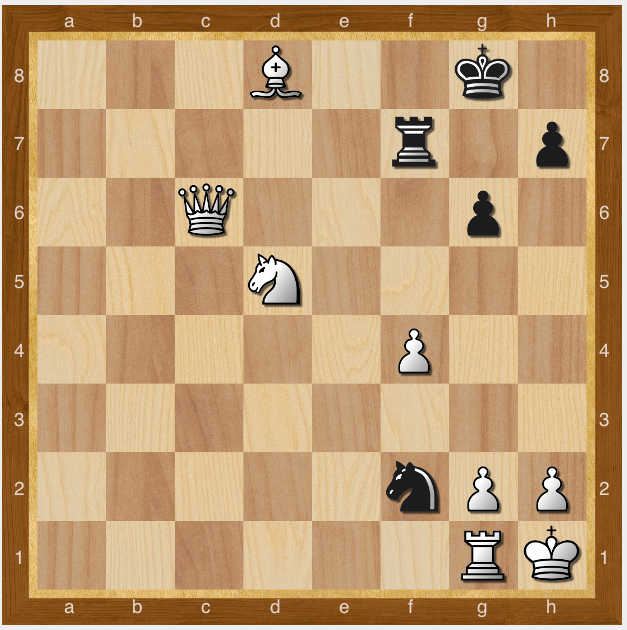Knight Time is the Right Time
- Robert Ek
- Nov 12, 2017
- 3 min read
Alright, team, we've got two more posts and we are DONE with the Beginner's Basics series. (Woo! Go you guys! High fives!)
Bad news team, we have the two strangest pieces left to cover. But you guys have covered Rooks and castling, right? You have gotten that concept down, right? (Right?) So this stuff should be easier for a smart and good looking bunch like you guys!
In this post we will cover:
1. How Knights move
See? One item! This will be easy, right? Ok, I'll be honest, the Knight is a little quirky so this may take a minute for us to wrap our brains around it but we will get there together.
WHY CAN'T YOU JUST GO STRAIGHT?
Knights are cool. They look cool, and they are named after cool guys and ladies, like Joan of Arc, who ride around on horses and were armed to the teeth. The Knight is even shaped like a horse so they are immediately recognizable, unlike our friends the pawns or the Bishops.
Another cool thing about the Knight is that the Knight can JUMP over pieces on their horse. Knights are great, especially early in the game, because they can hop all over the board. The Knight can also threaten a piece without being concerned about being attacked in return because they are able to attack from the side.
The quirky thing about the Knight is that it moves in the shape of an "L". It will move two squares in one direction and then it will turn one square to the left or to the right. We can see the Knight's movement in the diagram below:

We can see how the Knight can attack eight squares at once. Cool!
Ok, I'll be honest with you, Knights can be kind of a drag. The moment you notice a square that would be the perfect spot for your Knight is the moment you realize it will take five turns to get the Knight there because you have to hop around the board until you get to a spot where the L finishes on your destination.
When I was younger and starting out, I happily gave my Knights away. I thought they were way more work than they were worth so I would trade them off in a suicide attach on an annoying pawn, Knight, or a Bishop. Now I can admit I was wrong. A big reason is because of that ability to jump. Let me show you how cool.
Here's a diagram from a game I was playing against Shredder. White's King has been chased into a corner on h1. The Black Queen is standing in the middle of the board and telling that White King there's nowhere to run, he's surrounded, he should give himself up or else Black will be coming in to get him.

Black's Queen moves in to take down the suspect ... check.

White then barricades his King with the Rook with "Rxg1" or "Rook Captures g1". White's King is now completely sealed up in the bank vault on h1. But the King doesn't realize the SWAT team is about to storm the building.

BANG, like lightning, the Knight dives in on f2, and checkmate, the game's over. In the end, the Rook didn't rescue the King, it would trap him in his tomb on h1 and the Knight came in to close the game.

At the end of the day, the Knight can be awkward - but incredibly powerful when used efficiently. There are no useless pieces. Except for Bad Bishops, they can be pretty lazy.
Now you know how Knights move! For the Last stop on the tour, we cover the simple pawn.




























Comments